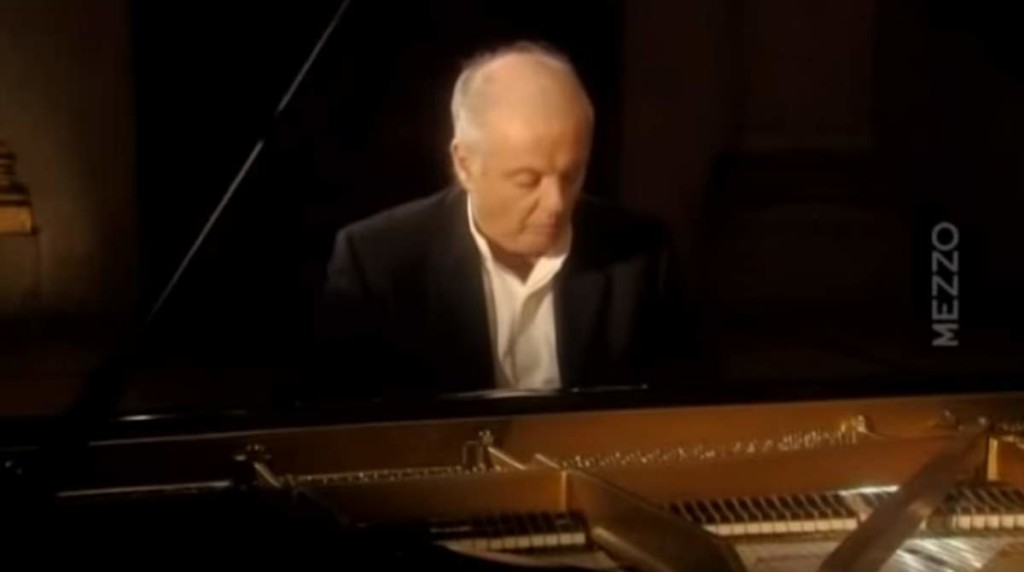Hungarian-born British pianist Sir András Schiff plays Ludwig van Beethoven’s Piano Sonata No. 26 in E-flat major, Op. 81a, also known as the Les Adieux sonata. This performance was recorded in Japan in 2020.
Ludwig van Beethoven’s Piano Sonata No. 26 “Les Adieux”
Beethoven’s Piano Sonata No. 26 in E-flat major, Op. 81a, known as “Les Adieux” (The Farewell), stands out as one of his most programmatic works, intimately tied to the composer’s personal life and the political turmoil of his time. Composed during 1809-1810, amidst the backdrop of Napoleon’s invasion of Vienna, this sonata is a deeply emotional reflection on the themes of departure, absence, and reunion, inspired by the departure of Beethoven’s close friend and patron, Archduke Rudolph. Unlike many of his other sonatas, which explore abstract musical ideas, “Les Adieux” is explicitly expressive, with each movement representing a different aspect of the farewell experience.
- 1st Movement – “Das Lebewohl” (The Farewell): This movement begins with a solemn introduction, explicitly evoking the word “Lebewohl” (farewell) through a three-note motif. The rest of the movement unfolds in a sonata form, balancing a sense of melancholic departure with moments of tender recollection. Beethoven’s use of dynamic contrasts and expressive modulations captures the complex emotions of saying goodbye, setting the stage for the narrative journey of the entire sonata.
- 2nd Movement – “Abwesenheit” (The Absence): The mood shifts to one of longing and contemplation in this movement. The music is characterized by its lyrical beauty and subdued expressiveness, reflecting the quiet sadness of separation. The movement’s flowing melodies and introspective harmonies evoke a sense of yearning, capturing the emotional landscape of absence with profound sensitivity and depth.
- 3rd Movement – “Das Wiedersehen” (The Return): In stark contrast to the preceding movements, the finale is joyful and exuberant, celebrating the joy of reunion. The movement is vibrant and lively, with rapid passages and triumphant themes that convey an overwhelming sense of happiness and relief. Beethoven’s brilliant use of rhythm and melody in this vivacissimo (in a very lively or vivacious manner) movement brings the sonata to a rousing and optimistic conclusion, celebrating the return of a beloved friend.
Beethoven’s Piano Sonata No. 26 “Les Adieux” is a unique blend of personal expression and musical innovation, offering listeners a glimpse into Beethoven’s emotional world while showcasing his mastery of the piano sonata form. Through this work, Beethoven not only narrates a story of farewell and reunion but also explores the depths of human emotion, creating a piece that resonates with listeners on a deeply personal level.
Sources
- Piano Sonata No. 26 (Beethoven) on Wikipedia
- Piano Sonata No. 26 in E-flat major, Op. 81a, “Les Adieux” on the Los Angeles Philharmonic Orchestra’s official website

